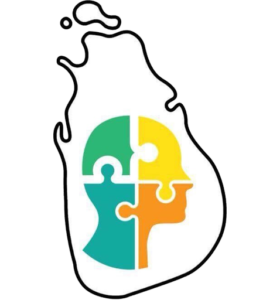Speech and Language Pathologists’ Roles and Responsibilities in Hospital settings
♦ Identify children and adults with communication and swallowing difficulties.
♦ Perform formal and informal assessments to evaluate communication and swallowing problems.
♦ Utilize instrumental evaluations (Fiberoptic Endoscopic Evaluation of Swallowing – FEES, Video fluoroscopy Swallow Study – VFSS, Computer Technology – Alternative Augmentative Communication Devices) to observe, collect data, and measure parameters of swallowing and communication.
♦ Diagnose communication and swallowing difficulties after performing comprehensive assessments.
♦ Make decisions in selecting the most appropriate intervention.
♦ Plan and implement evidence-based therapeutic intervention.
♦ Make decisions on prognosis concerning communication and swallowing disorders.
♦ Take necessary steps to safeguard the clients’ lives, especially during the swallowing assessment and treatment procedures.
♦ Provide interventions to the individuals with communication and swallowing difficulties having a holistic goal of improving their quality of life.
♦ Implement Speech and Language Therapy Tele practice when necessary.
♦ Evaluate speech, language, and swallowing therapy progress and implement discharge procedures.
♦ Counsel and guide the clients and their families during the treatment process.
♦ Maintain records on initial and subsequent evaluations during the treatment process, on the point of discharge, and audit of records.
♦ Facilitate safe patient discharge and providing follow up as needed.
♦ Strive to maintain objectivity in all their judgments and be responsible for their conduct.
♦ Make appropriate referrals for other medical professionals who are involved in the patient/client management.
♦ Participate in multidisciplinary clinics and propose specific speech and language therapy interventions to the management.
♦ Provide training for family members and other healthcare professionals to implement the home-based programs to generalize target skills.
♦ Guide educational and social sectors to manage communication disorders effectively (E.g., leaflets, workshops, etc.)
♦ Conduct awareness programs for other health care professionals and general public to increase awareness on communication and swallowing disorders, and available treatments.
♦ Engage in teaching and educational activities related to the areas of expertise when required.
♦ Conduct research in the field of communication and swallowing difficulties to guide clinical decision-making and determine the effectiveness of service provision.
♦ Supervise and train speech and language therapy clinicians in clinical and (educational) university settings.
References
General Circular no. 01-32/2018
http://www.health.gov.lk/CMS/cmsmoh1/viewcircular.php?cno=01-32/2018&med=english
